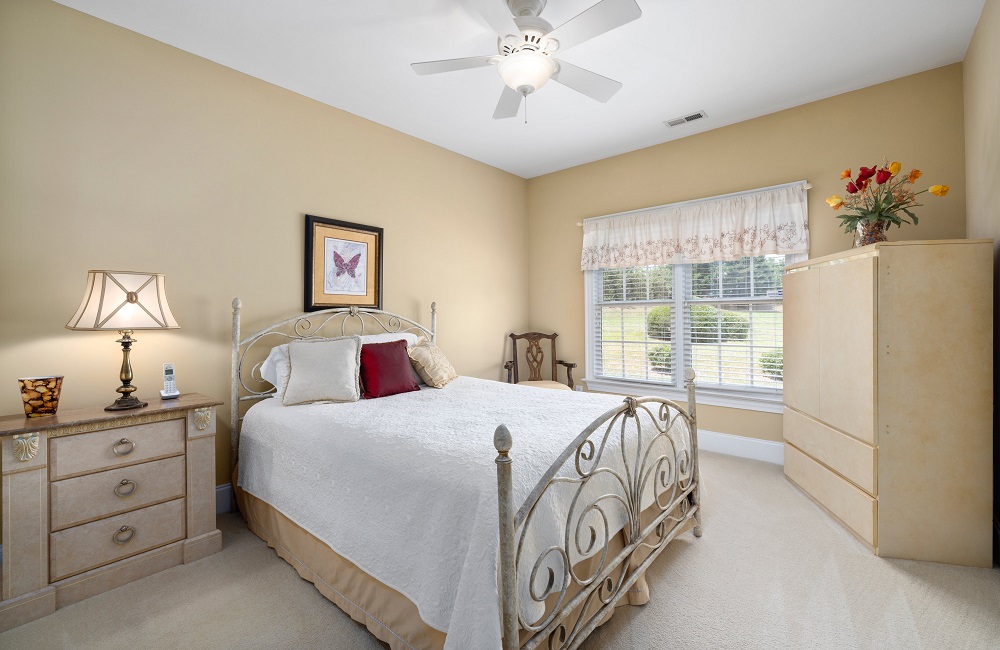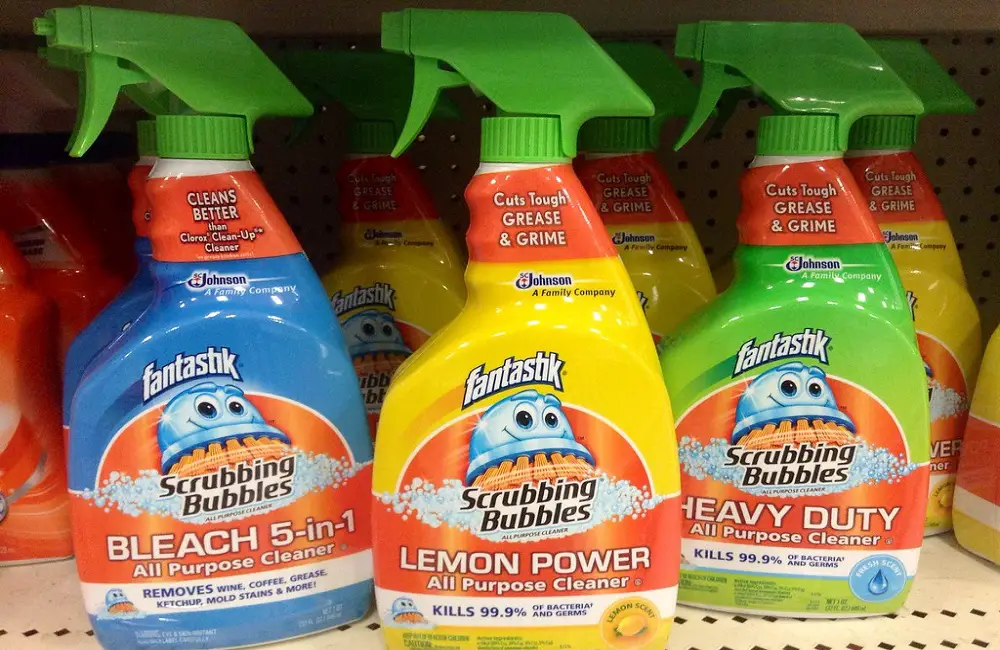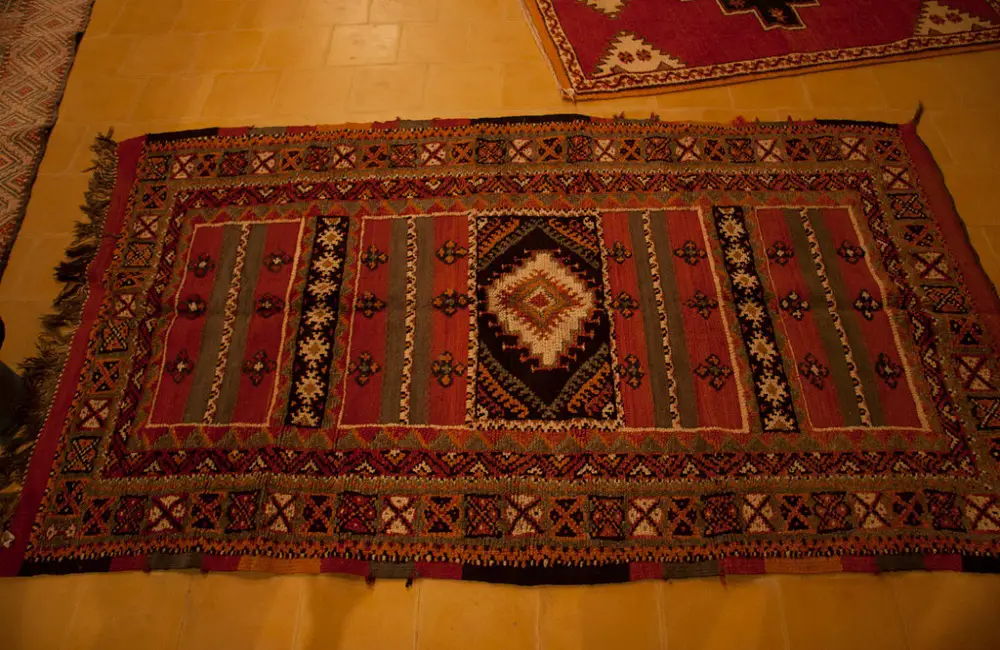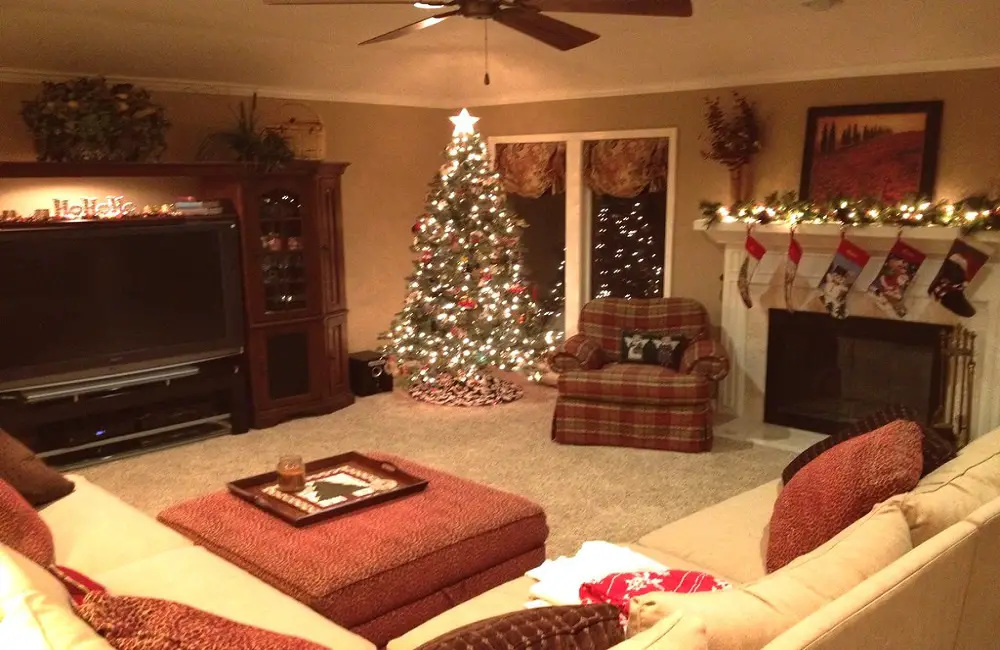7 Best Paint Colors For Small Bathrooms Without Windows
Selecting the right paint colors for a small windowless bathroom can significantly enhance its appearance. If you have a compact, dimly lit bathroom, such as a powder room under the stairs, it’s crucial to choose colors that create an illusion of spaciousness, brightness, and airiness. So what are the best paint colors for a small bathroom without windows? Light and bright colors are highly recommended as they help reflect light. Options like white, neutrals, soft gray or blue, yellow, and blush pink can not only create tranquility but also give an impression of a larger space. For a touch of sophistication, you can consider combining glossy dark colors with lighter shades. Decorating a small, windowless bathroom with no access to natural light might present challenges, but the available paint options can pleasantly surprise you. With the right choice of paint, even the darkest and pokiest bathroom can be transformed into a radiant and attractive space. If you’re interested, let’s delve into the world of colors to explore the best paint options for your small bathroom. Choosing Paint Colors for a Small, Windowless Bathroom When facing the challenge of decorating a small, windowless bathroom, it’s important to consider several criteria that can help guide you in selecting the best paint colors. To facilitate the decision-making process, ask yourself the following relevant questions: What are the Lighting Options in the Bathroom? To ensure proper lighting in bathrooms, it is crucial to consider personal grooming activities that take place in these spaces. The amount of available natural light significantly influences your choice of paint color, as it affects how light is reflected and enhanced. In windowless rooms where natural light is limited to what filters through the open door, it becomes necessary to evaluate the artificial light sources present. Key considerations include: Addressing these factors thoughtfully will contribute to creating a well-lit and comfortable bathroom environment. What Mood Do You Want to Create? When choosing a paint color for your bathroom, it is important to consider the desired vibe or mood you want to create. For instance, if you are looking for a spa-like retreat that exudes serenity and meditation, you may opt for calming shades. On the other hand, if you enjoy spending long hours in the bath by candlelight, you might prefer a darker color scheme. If the bathroom is meant to accommodate the whole family, it should be functional and friendly, with colors that promote a welcoming atmosphere. Alternatively, if you have a penchant for artistic expression, you can explore patterns and bolder hues to let your creative side shine. Additionally, it may be worth considering whether the bathroom’s design should align with an existing color palette in the rest of your home. Taking all these factors into account will help you make an informed decision in selecting the perfect paint color for your bathroom. How Does the Paint Look in the Room? When selecting a paint color, it is crucial to consider testing it in the actual room being painted and under the available lighting sources. Keep in mind that the color perception might differ between a well-lit hardware store and a poorly lit bathroom. Taking these aspects into account will ensure a more accurate representation and help you make an informed decision. Best Paint Colors for Small Bathrooms Without Windows 1. White It’s no surprise that white is the go-to color for small bathrooms without windows. White is light and airy, making it an excellent choice to brighten up the room. It reflects light, making the room appear bigger and brighter. 2. Light Gray If you want something other than white, then light gray is a great option. It’s still light enough to brighten up the room, but it adds a touch of sophistication to the space. Light gray is a great choice if you want something neutral, but not too stark. 3. Pale Blue Pale blue is a calming and soothing color that’s perfect for a small bathroom. It’s light enough to open up the room, but it adds a touch of color to make it feel less clinical. Pale blue is a great choice if you want a relaxing and spa-like atmosphere. 4. Soft Green Soft green is another calming color that’s perfect for a small bathroom. It’s light enough to open up the space, but it adds a touch of color to liven up the room. Soft green is a great choice if you want a natural and serene atmosphere. 5. Sunny Yellow If you want to add a burst of energy to your small bathroom, then sunny yellow is the way to go. Yellow is a warm and inviting color that’s perfect for a small space. It reflects light and adds a touch of brightness to the room. 6. Light Pink Light pink is a soft and feminine color that’s perfect for a small bathroom. It’s light enough to brighten up the room, but it adds a touch of color to make it feel less clinical. Light pink is a great choice if you want a soft and romantic atmosphere. 7. Cream Cream is a warm and comforting color that’s perfect for a small bathroom. It’s light enough to open up the space, but it adds a touch of warmth to the room. Cream is a great choice if you want a cozy and inviting atmosphere. Final Thoughts Choosing the right paint color for a small bathroom without windows can feel overwhelming. But with these 7 options, you can create a space that’s bright, inviting, and tailored to your taste. Remember, the right color has the power to open up a room and transform it into a warm and welcoming space. Whether you choose white, light gray, or sunny yellow, the color you choose will influence the mood and atmosphere of your bathroom. So take your time, try out samples, and choose the color that’s right for you.
7 Best Paint Colors For Small Bathrooms Without Windows Read More »










